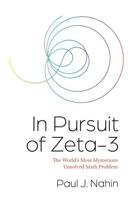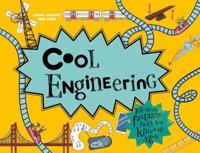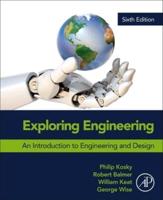Publisher's Synopsis
Winner of a Shingo Research and Professional Publication Award
The new and revised edition of this modern day classic provides the critical piece that will make any lean transformation a dynamic continuous success. It shows you how to implement a transformation that cannot fail by developing a culture that will have all your stakeholders involved in the process and invested in the outcome. It will teach you how to build success from the top down and the bottom up at the same time. If you are a leader at any level in an organization undergoing or considering a lean transformation, this is where you should start and finish … and start again.
Praise for the First Edition of the Shingo Prize Winning International Bestseller. . .
… an excellent review of one of the most common implementation issues in a lean transformation -- the essential day to day work practices of team leaders/supervisors/value stream managers that enable the lean system.
-- George Koenigsaecker, President, Lean Investments, LLC
. . . reprinted seven times
The purpose of lean systems is to make problems glaringly obvious. If implementation does not include standard leadership and cultural support systems to constantly address problems, the point of the system is missed. Many books address lean tools and initial conversion, but if you want the system to stick, read David's book.
--Robert (Doc) Hall, Editor-In-Chief, Target, Association for Manufacturing Excellence
. . . now being translated into Russian, Thai, and Chinese…
Mann's book is an excellent start toward Lean Leadership as 'process-dependent' rather than 'person-dependent' in style.
--Ross E. Robson, Executive Director, Shingo Prize for Excellence in Manufacturing
Now empowered with five more years of accumulated knowledge and experience, David Mann's seminal work:
- Offers new insights on applications of lean management in administrative, technical, and professional environments
- Provides new guidance on how to begin implementing lean management in discrete manufacturing, office, and process manufacturing environments.
- Details specifics on how to engage executives through gemba walks*
- Shows the difference between measuring improvement through results and through processes
- Adds new case studies throughout
- Expands the lean management assessment based on actual use, and now offers up two separate versions (both available online) one for manufacturing and one for administrative, technical, and professional settings
*In a gemba walk, a teacher, or sensei, and student walk the production floor. The teacher asks the student to tell what he or she sees and, depending on the answer, asks more questions to stimulate the student to think differently about what is in front of him or her. This includes learning to see what is not there…Gemba walks often include assignments to act on what the student has come to see. …










